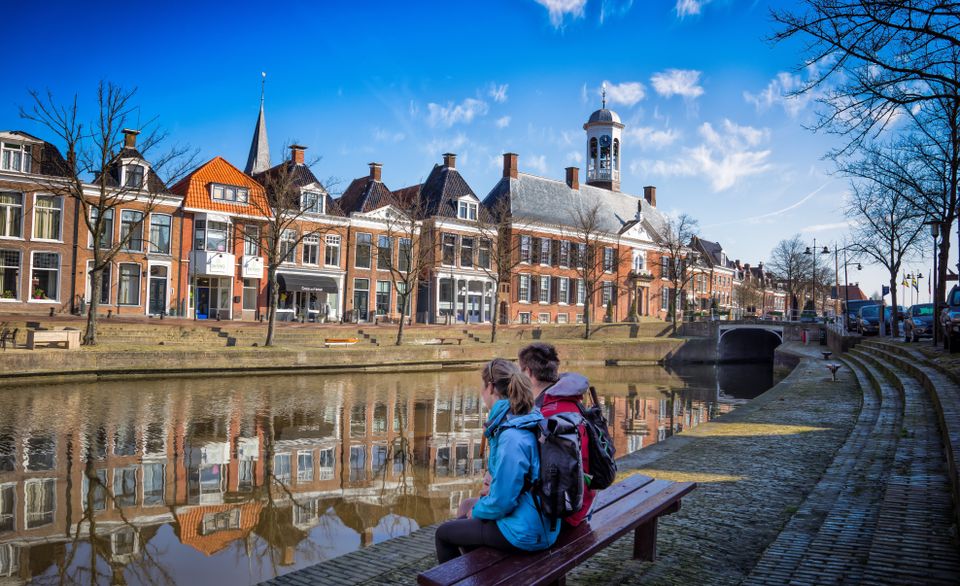Location
609 to 640 of 978 results
-
Jumbo en Informatiepunt Dokkum
Jumbo en Informatiepunt Dokkum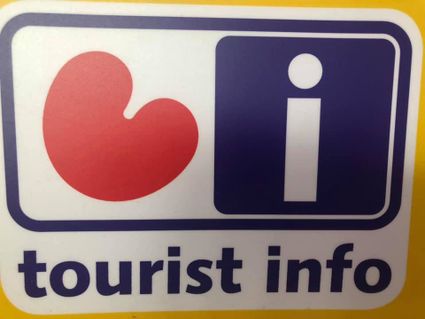 Dokkum
Dokkum -
Landal Waterpark De Alde Feanen
Landal Waterpark De Alde Feanen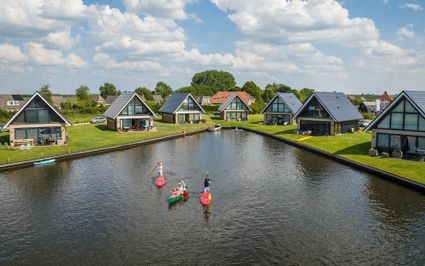 De Veenhoop
De Veenhoop -
Waddenhop
Waddenhop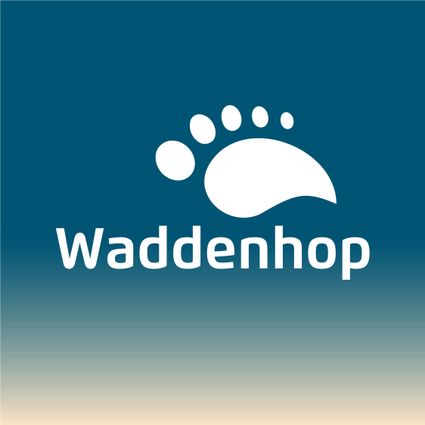 Harlingen
Harlingen -
Jacobuskerk Zeerijp
Jacobuskerk Zeerijp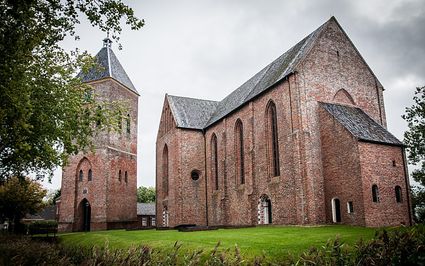 Zeerijp
Zeerijp -
Voormalig schoolgebouw
Voormalig schoolgebouw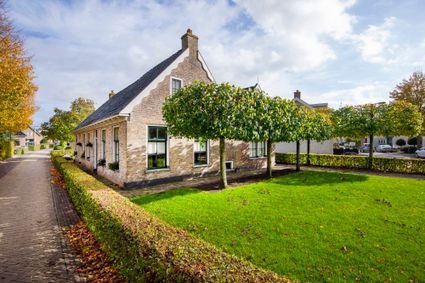 Garyp
Garyp -
Kleine Wielen - Vogelkijkhut
Kleine Wielen - Vogelkijkhut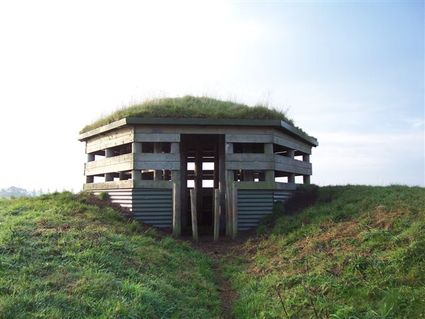 Leeuwarden
Leeuwarden -
Groot Veldlust
Groot Veldlust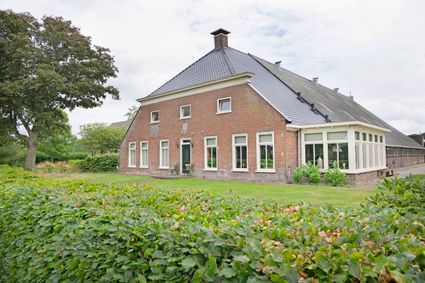 Noardburgum
Noardburgum -
Camping de Veldboom
Camping de Veldboom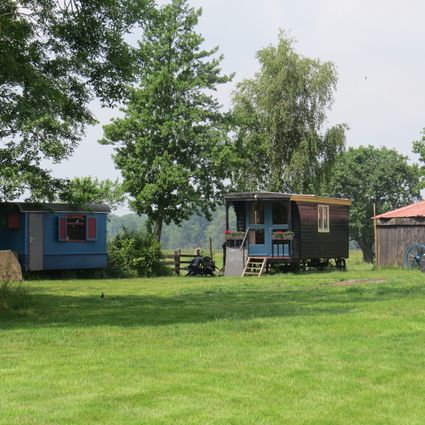 Oudega
Oudega -
Watersportvereniging "De Westerein e.o."
Watersportvereniging "De Westerein e.o."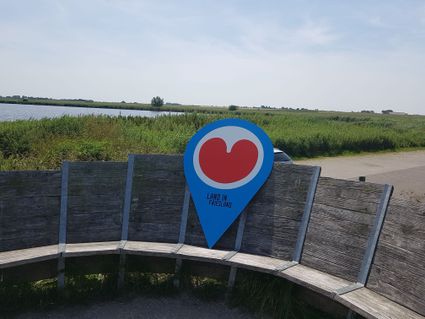 De Westereen
De Westereen -
The liberation of Friesland
The liberation of Friesland
By 18 April, the whole province of Friesland had been liberated, except for the Wadden Islands. Compared to other provinces, there was little fighting in Friesland. Overall, the few thousand German troops who had been unable to escape from Friesland were defeated by the Canadians relatively quickly.
The commander of the Royal Canadian Dragoons, Lieutenant Colonel Landell, praised the actions of the resistance by stating that "Friesland liberated herself". While that may be a bit of an exaggeration, the actions of the Frisian resistance undoubtedly accelerated the liberation. And reduced the number of casualties on the Allied side.
At least 31 resistance fighters lost their lives in confrontations with German troops and their Dutch accomplices. At least eleven Canadians and one Frenchman were killed on the Allied side. Dozens of civilian victims were also killed in the fighting and shelling. The number of casualties on the German side is not known, but it is believed that the number ran into hundreds. With 320 destroyed and 4000 damaged homes and 80 destroyed bridges, Friesland was materially the least damaged province of the Netherlands.
Many German soldiers fled towards the western part of the country. The retreating German troops gathered mostly in Harlingen, Makkum and Lemmer. From there, they tried to get away by boat across the IJsselmeer or via the Afsluitdijk to North Holland. The Wadden Islands also became a refuge for collaborators and German soldiers. Here, liberation was longer in coming.
On the island of Terschelling, the last German troops were disarmed by a British artillery regiment on 29 May. Two days later, the British crossed from Terschelling to Vlieland, and the liberation of that island was also a fact. Ameland was liberated on 3 June.
Personnel from the infamous Scholtenhuis, the SD headquarters in Groningen, had entrenched themselves on Schiermonnikoog. After their departure on 31 May, there was a celebration on the island, in spite of the six hundred members of the occupying troops who still were there. Only on 11 June did the last German soldiers leave Schiermonnikoog, and then the whole province of Friesland was free.
Most Canadian units that had liberated Friesland continued the battle in Groningen and North Germany after 18 April. Their war ended on 8 May 1945, when the surrender of all German armed forces became effective.
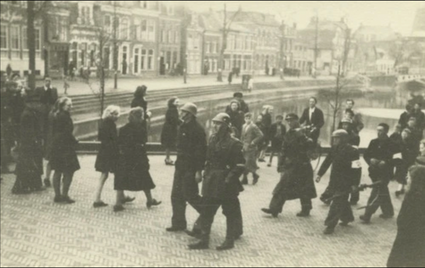 Eanjum
Eanjum -
Vlieland - Bomenland - Uitzichtplateau
Vlieland - Bomenland - Uitzichtplateau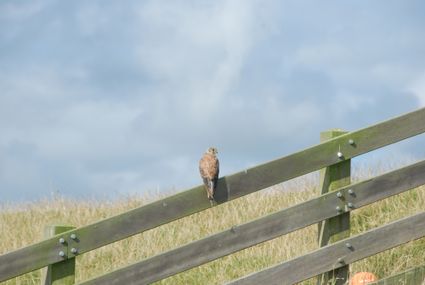 Oost-Vlieland
Oost-Vlieland -
Jachthaven Lunegat
Jachthaven Lunegat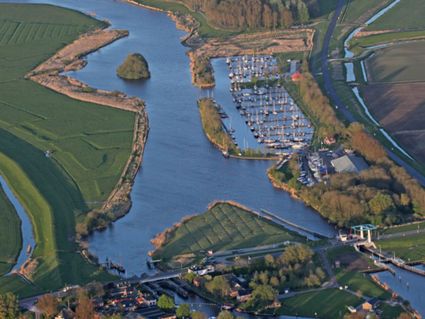 Kollum
Kollum -
The liberation of Friesland 1
The liberation of Friesland 1
In early April, it became clear that the liberation of Friesland was imminent. Although the province had not suffered a real Hunger Winter like other parts of the Netherlands, there were severe shortages of just about everything. And the terror of the occupying forces was growing. This also led to increased resistance against the occupying forces. The battle between the two was tougher than ever in early 1945.
In Friesland, assault groups known as Knokploegen (KP) were responsible for most acts of resistance. But there were other groups too. On the orders of the Dutch government in London, all these groups were merged into the Dutch Domestic Armed Forces (NBS). In Friesland, this happened on 12 December 1944.
The NBS, popularly referred to as the BS, gave the armed resistance an organisation with a clear structure. The NBS was also supposed to play a role in the upcoming liberation. To this end, resistance groups were provided with weapons from autumn 1944. These were dropped from the air.
On 8 April, Radio Orange broadcast the message "The bottle is empty." This was the signal for the NBS to start carrying out sabotage operations 36 hours later. The aim was to make it as difficult as possible for the Germans to defend themselves against the approaching Allied forces.
The resistance did this by putting bridges and railways out of order, blocking waterways and blocking roads. The response of the occupying forces was ruthless. In retaliation, dozens more prisoners were shot at different times and places.Once the Canadians entered Friesland on 12 April, they were supported extremely effectively by the Frisian resistance. Because it was superbly organised, they were able to help the Canadians take control of important bridges, repair damaged bridges, and advise on the most favourable route.
By 18 April, the whole province was liberated except for the Wadden Islands (these were liberated in late May and in June). Compared to other provinces, there was little fighting in Friesland. Overall, the few thousand German troops who had been unable to flee Friesland were defeated by the Canadians relatively quickly.
The commander of the Royal Canadian Dragoons, Lieutenant Colonel Landell, praised the actions of the resistance by stating "Friesland liberated herself." While that may be a bit of an exaggeration, the actions of the Frisian resistance undoubtedly accelerated the liberation. And reduced the number of casualties on the Allied side.
In confrontations with German troops and their Dutch accomplices, at least 31 resistance fighters lost their lives. On the Allied side, at least eleven Canadians and one Frenchman were killed. The fighting and shelling also resulted in dozens of civilian casualties. The number of casualties on the German side is not known, but probably ran into the hundreds. With 320 houses destroyed and 4,000 damaged and 80 bridges destroyed, Friesland was materially the least damaged province in the Netherlands.
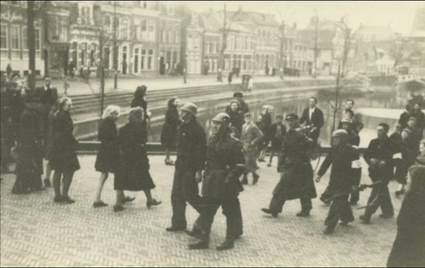 Willemsoord
Willemsoord -
Burgum - Soestpolder - Vogelkijkhut
Burgum - Soestpolder - Vogelkijkhut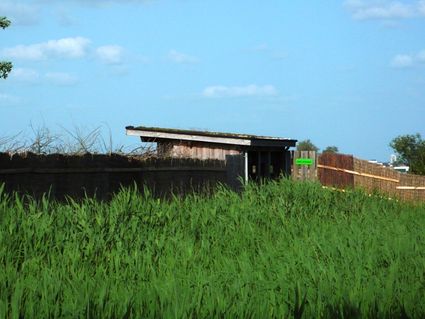 Burgum
Burgum -
B&B Suupmarkt
B&B Suupmarkt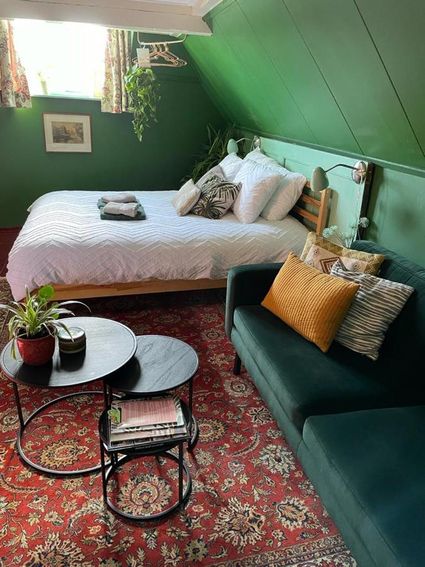 Dokkum
Dokkum -
Fochteloërveen - Kijkscherm
Fochteloërveen - Kijkscherm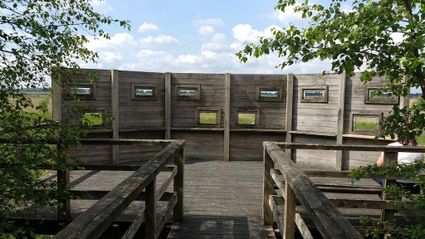 Fochteloo
Fochteloo -
Restaurant It Posthûs
Restaurant It Posthûs Burdaard
Burdaard -
Voormalige directeurswoning vlasfabriek Mûnein
Voormalige directeurswoning vlasfabriek Mûnein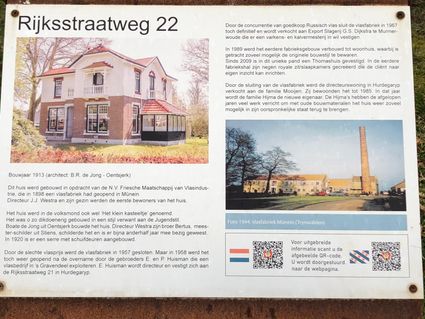 Hurdegaryp
Hurdegaryp -
Sint Catharinakerk Aalsum
Sint Catharinakerk Aalsum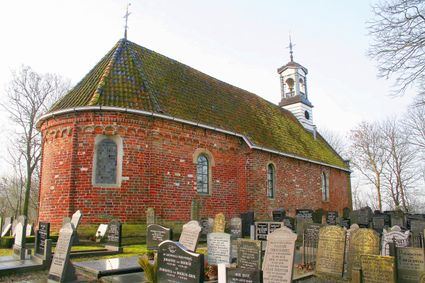 Aalsum
Aalsum -
Elektrosloep Fryslân (Burdaard)
Elektrosloep Fryslân (Burdaard)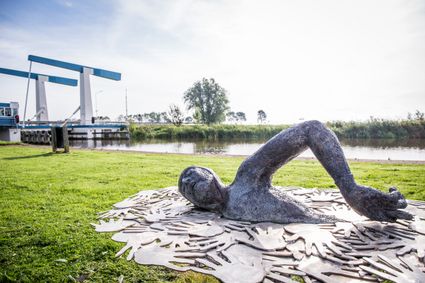 Burdaard
Burdaard -
Kornelis Jan Sportvisserij en Rondvaarten
Kornelis Jan Sportvisserij en Rondvaarten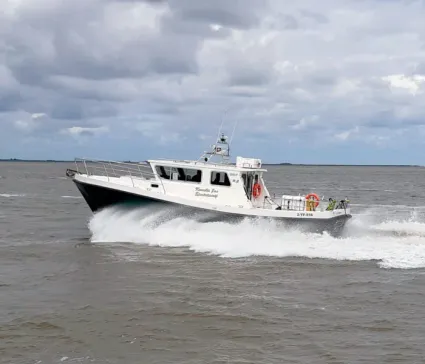 Lauwersoog
Lauwersoog -
Earnewâld Sloepverhuur
Earnewâld Sloepverhuur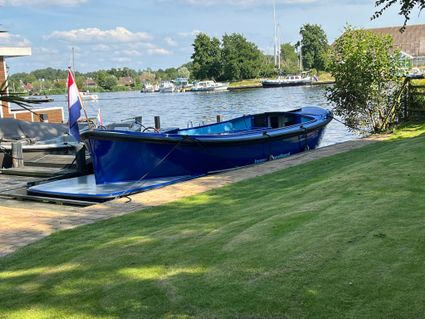 Earnewald
Earnewald -
Regional Walkway Noardlike Fryske Wâlden
Regional Walkway Noardlike Fryske Wâlden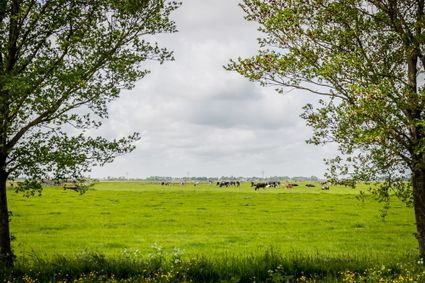 Noordoost Friesland
Noordoost Friesland -
't Ailand Lauwersoog
't Ailand Lauwersoog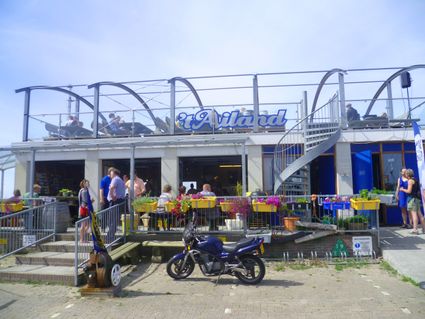 Lauwersoog
Lauwersoog -
Grote kerk of St-Martinuskerk Dokkum
Grote kerk of St-Martinuskerk Dokkum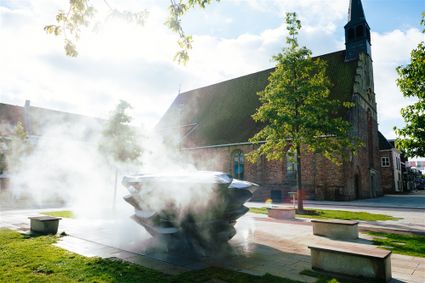 Dokkum
Dokkum -
Nieuwebildtzijl (Nije-Syl)
Nieuwebildtzijl (Nije-Syl)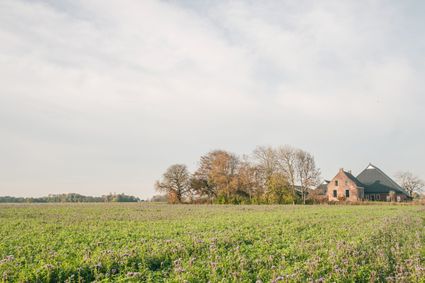 Nieuwebildtzijl
Nieuwebildtzijl -
Gytsjerk
Gytsjerk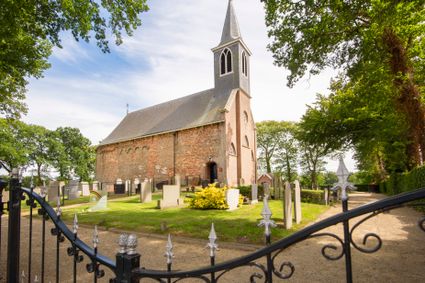 Gytsjerk
Gytsjerk -
Farm shop Uitland
Farm shop Uitland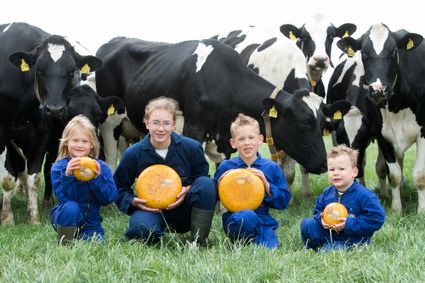 Buitenpost
Buitenpost -
Mill de Swarte Prinsch
Mill de Swarte Prinsch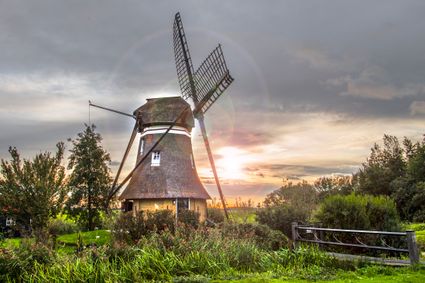 Tytsjerk
Tytsjerk -
Sint-Augustinuskerk
Sint-Augustinuskerk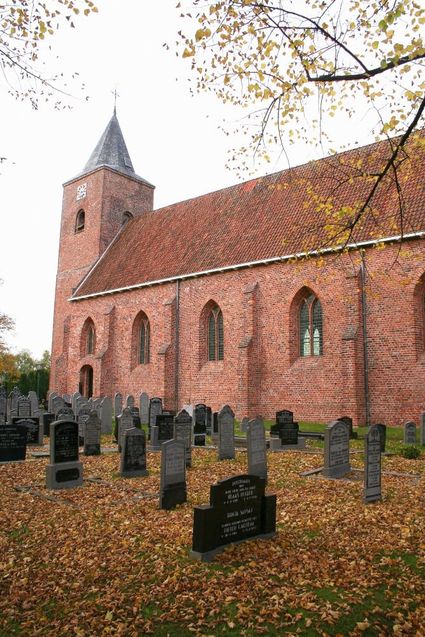 Augustinusga
Augustinusga -
Opende Blotevoetenpad Barefoot Trail
Opende Blotevoetenpad Barefoot Trail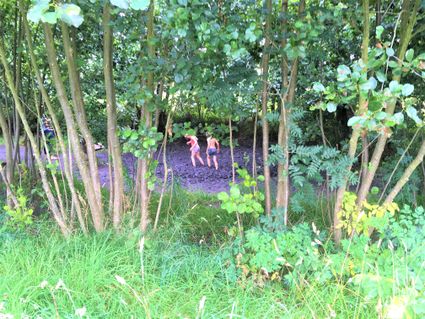 Opende
Opende -
De zomerschuur
De zomerschuur Burgum
Burgum
